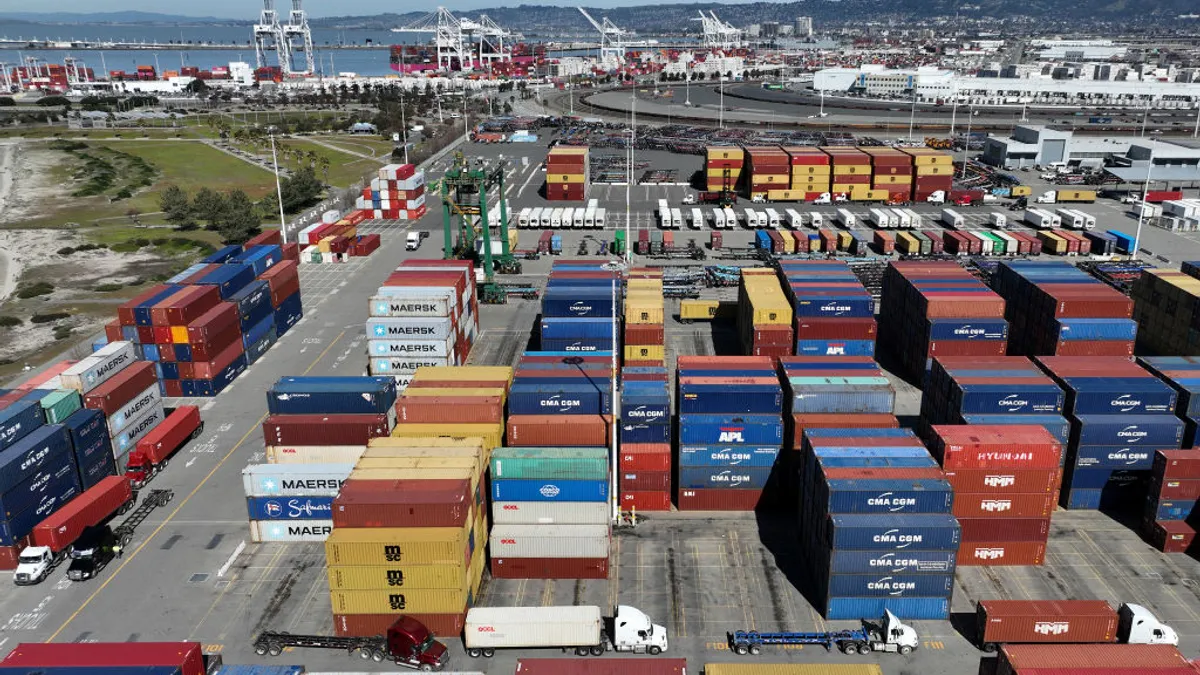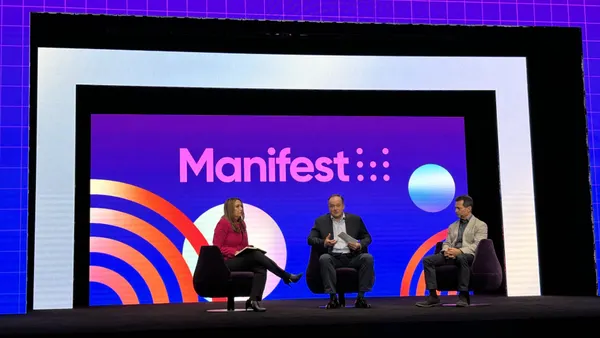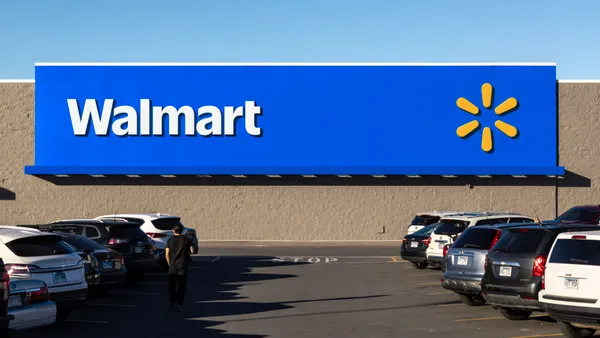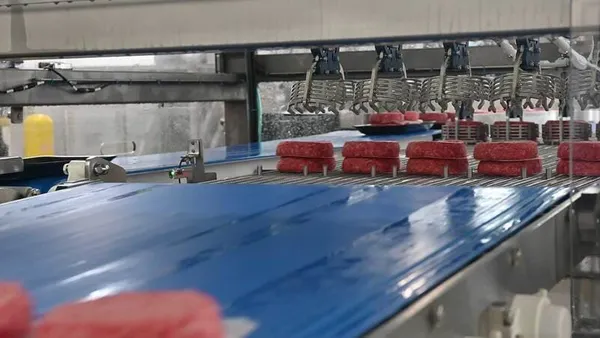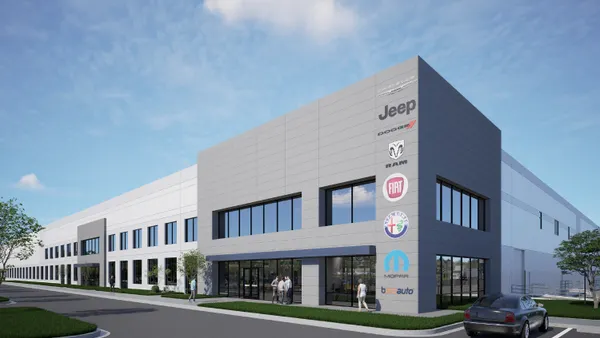Building new efficiencies, achieving higher productivity levels and lowering risk are almost always part of a company's annual goals. But on ever-changing construction jobsites or sprawling industrial facilities, a move toward more efficient and safer workspaces is easier said than done.
Tasks change, crews move in and out and the frenetic pace of work and deadline commitments throw up plenty of obstacles. The daily grind can make it difficult for supervisors to find the time to uncover, for example, whether subcontractors are bringing in new laborers daily or workers are regularly eschewing a ladder and jumping down from large machinery.
It's easy enough to respond to a single safety event — a worker breaking an ankle because he jumped into a trench. But proactive risk management comes when businesses can gain a clear understanding of what's happening across a worksite at any given time. Taking those preventative steps can spark powerful opportunities to reduce risk.
And these days, it's a lot easier to be proactive with Internet of Things-enabled technologies and wearable devices like our suite of Spot-r solutions that allow users to measure key performance indicators, or KPIs, about worker risk and behavior.
Spot-r collects data from workers, equipment and materials. The raw data is then packaged into digestible KPI reports that provide opportunities for users to mitigate risk. Here are four ways Spot-r is helping companies now.
Fatigue risk
Exhaustion can lead to expensive occupational injuries and workplace accidents. According to the National Safety Council, fatigue costs employers as much as $136 billion a year in health-related lost productivity. But in busy construction or industrial environments, it's not unusual for some workers to clock out 10 or 12 hours after they begin their shifts. Those long days and, eventually, weeks can trigger risky behavior.
With the analytics from Spot-r, supervisors can drill down to which crews are clocking the longest hours. From there, they can determine if more workers are needed to cover that specific task or if they should make other adjustments to ensure that fatigued workers don’t end up in unsafe situations.
Tenure risk
Research shows that new hires or those not familiar with a workplace are at higher risk for injury. One study, from the Toronto-based Institute for Work & Health, found that individuals in their first month on the job are three times more likely to suffer a lost-time injury when compared to someone with more than a year’s experience. The risk among new workers is greater in construction and manufacturing, the study says.
Injuries can crop up in a variety of scenarios. Workers who are new to a site might not be familiar with how to use a piece of equipment or how to work around a particular machine. In other cases, they might be more likely to get tripped up by the site topography or not know where to acquire required safety equipment when they arrive each day.
Across massive worksites, it is near impossible to monitor the movements of any single worker on a jobsite — never mind just the new ones. But with analytics from Spot-r, supervisors can not only see their interactions, but gather critical data on the zones they’re working in throughout the day and if they are authorized to work in those areas. With this information, they can determine the proper course of action that would ensure a more safe and secure workday.
Behavior risk
To ensure work is completed on schedule, workers can end up taking shortcuts throughout the day that can cause injuries over time and lead to workers’ compensation claims. From regularly jumping off a tailgate to using equipment without the proper certifications, these habits can lead to workers compensation claims and fines for employers.
With KPI reporting from Spot-r, supervisors can identify these risks and have proactive discussions with workers who might need a refresher on safe working practices.
Transient workforce
It is not uncommon for subcontractors to double book and move crews in and out of jobs, creating a transient workforce that’s unfamiliar with a site and its protocols. Just like new workers, these fractional and irregular labor forces can present greater risk to the employer.
With Spot-r, a site supervisor can drill down to each subcontractor to determine who is representing them on the jobsite and whether it’s a regular rotation of new faces. Those KPIs can also provide insights into the ratio of supervisors to laborers and journeymen to apprentices and automate an alert if a worker is missing the required certifications, for example. From there, they can address any issues and take steps to ensure that work is done in a safe manner and with the right team.
At Triax, we're continuing to work on more opportunities to help our clients build safe and efficient worksites. Our solutions give critical worksite insights to improving organizational safety. Our goal, as always, is to help our clients build safer workspaces, and that includes giving companies the big picture view they need to mitigate future risks.




